Baby Hairs: What Are They? Causes And 3 Tips To Style
Amp up your hair styling game and manage those delicate baby hairs the right way.
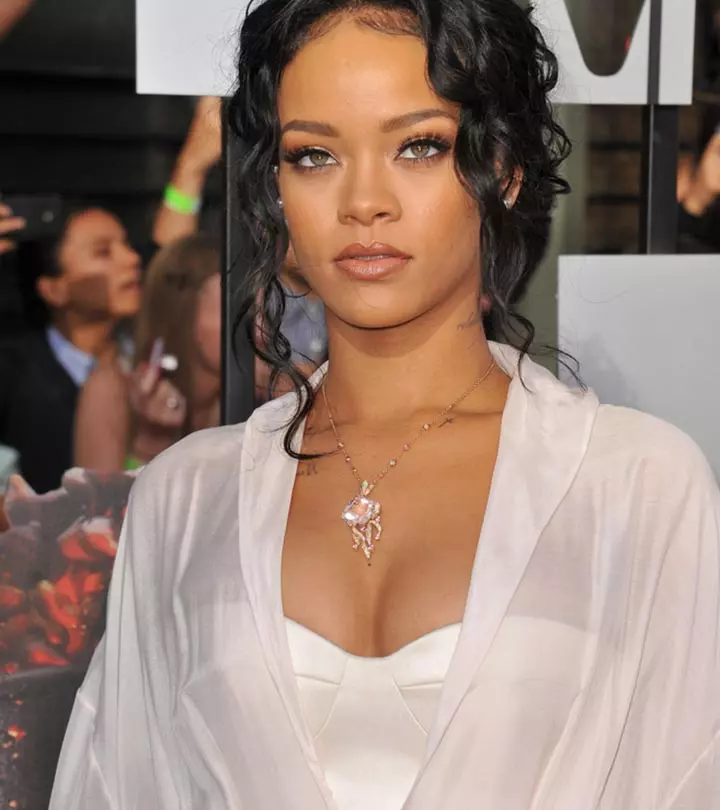
Image: Shutterstock
Thin, wispy baby hairs crowning your hairline can be difficult to style and manage. Sometimes, making them lie flat can be a hassle. They always end up unruly, sticking out, and stubborn to style.

Baby hair strands have a different texture than the rest of your locks. Maintaining and styling them requires dedication. However, once you master the art of styling them, your hair will look spectacular! Keep reading to learn about what is baby hair and how you can style and care for baby hair or remove it if you want.
In This Article
What Are Baby Hairs? Is It True That They Do Not Grow Much?
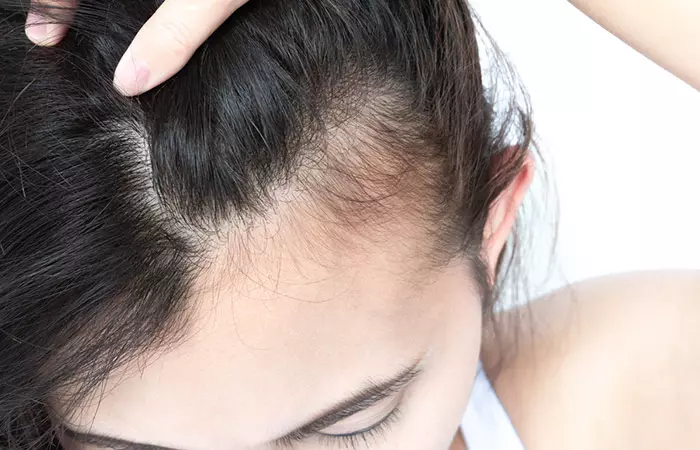
Baby hairs are short, wispy, and thin hairs that sit around the hairline (1). The baby hairs around the edges are known as vellus hair and are different from terminal hairi Dark, thick hair that grows in the armpits, on the scalp, and pubic area that helps maintain body temperature. that grows on the scalp. Vellus or baby hairs have the same growth pattern as regular scalp hair, and they go through a normal hair cycle. However, the hair cycle phases of vellus hair are shorter than the phases of terminal hair.
Like terminal hair, vellus hair grows from hair follicles that have sebaceous glands. Vellus hair follicles are closer to the surface of the skin, while terminal hair follicles go deeper. The sebaceous glands are more active in terminal hair follicles, especially on the face, while in vellus hair follicles, these glands are less active or even missing (2) (3). Due to all these factors, vellus hair does not grow beyond a certain length (2 mm).
Baby hairs are not likely to cause any trouble unless you try to fashion them to match your hairstyle. Vellus or baby hairs form the hairline or the “edges” in adults. They are seen around the hairline, above the ears, and at the nape. If you wonder why adults get baby hairs, scroll through the next section.
 Did You Know?
Did You Know?Key Takeaways
- The anagen hair phase is when hair growth occurs, and a short anagen phase creates baby hairs.
- Baby hairs and broken strands may look alike, but the former are usually dry and have split ends.
- You can use a toothbrush and hair wax or gel to style your baby hairs.
- If you would like to get rid of your baby hair, consider laser hair removal, waxing your hairline, or cutting the edges.
The Causes Of Baby Hairs
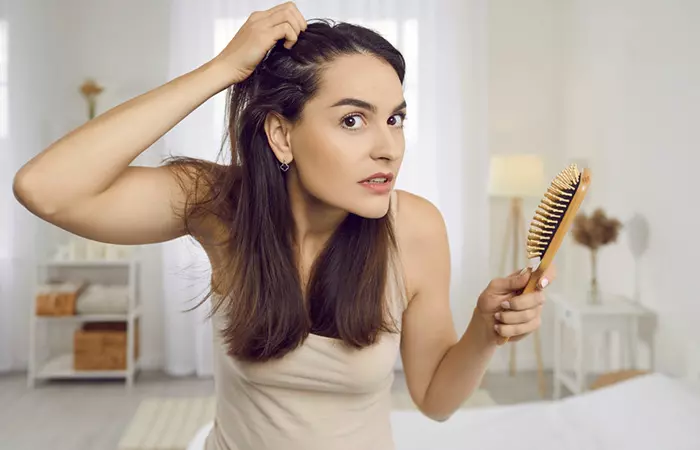
Adults get baby hair due to a short anagen (hair growth) phase (4). During the anagen phase, the hair starts to grow. With a short anagen phase, the baby hair cannot grow as long as the terminal hair and cover the scalp. This can happen over several hair growth cycles.
Whitney, a blogger and mom of 3, shares how she experienced a lot of hair fall after having her daughter, Olive. However, then she started noticing new hair growth. She writes, “I have noticed that I have lots of new hair coming in all around my hairline. These baby hairs are crazy hard to manage and seem to be popping up all over (i).”
However, sometimes, baby hairs are confused with short hair strands caused by breakage. There is a difference between the two. In the next section, find out how to identify breakage and regular baby hair.
How To Differentiate Between Baby Hairs And Hair Breakage
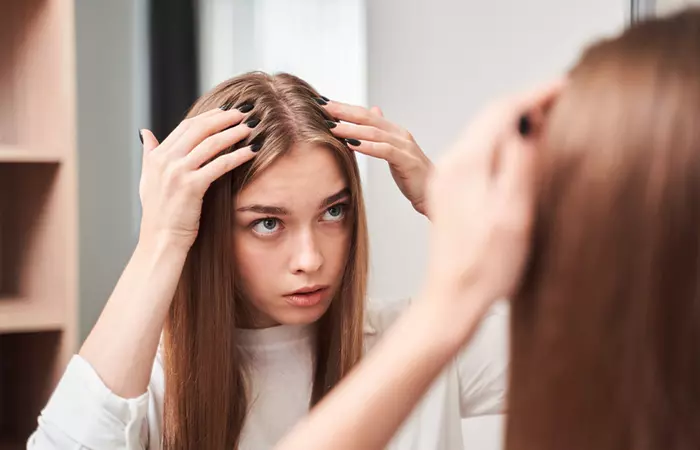
You may experience baby hair-like breakage close to the hairline. This hair breakage at the crown can often be confused with baby hair. Continuous traction, tight hairstyles, excessive heat, and chemical damage causes hair breakage close to the hairline. The broken and damaged hair strands appear shorter than the rest of the terminal hair and may stick up.
Here are a few tips to differentiate between baby hair and breakage:
- Damaged hair appears dry and may have split ends.
- If you notice more than usual baby hairs on the hairline, this could be a case of hair breakage.
- Pull up your hair in a tight ponytail. Lift all the short hair strands and observe them. If they are longer than the baby hair strands and sit close to the scalp than the hairline, they are the damaged strands.
You will need to bring your hairstyling techniques under control. Try a change in your usual hairstyle or look out for newer and friendlier hairstyles that do not pull down on your hair as much. This can help you avoid any hair breakage around the hairline.
If you have damaged strands, you need to check your hairstyling routine. Avoid using excessive heat and chemical hairstyling products to prevent hair damage. Managing and styling baby hair can be tough due to the texture difference. Follow these tips to make the baby hair a part of your hairstyling routine.
How To Style Baby Hairs
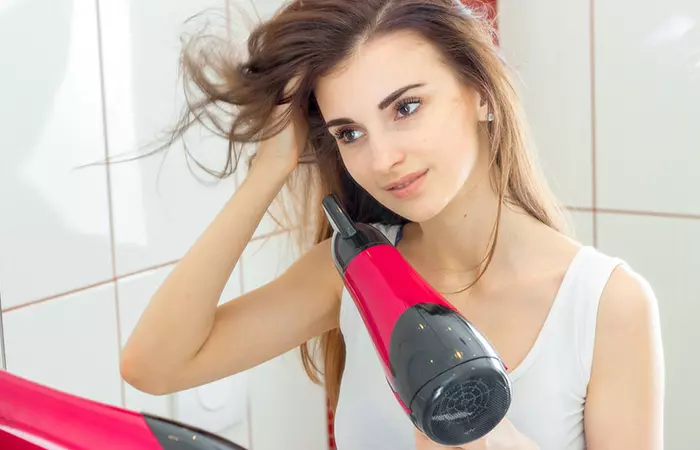
- If the baby hairs are sticking up, tie your hair in a loose bun or ponytail for a natural look, and to hide them.
- Spritz some hairspray on a toothbrush and spread it lightly over the baby hairs. Lay it in the direction of their growth.
- Use hair gel or hair wax and comb them down.
- Blow dry the baby hairs in a specific direction while drying your hair. This will make the baby strands appear less fuzzy.
- Part your front hair and pin it up in a way to cover the hairline and the baby hairs. Secure the section(s) with bobby pins.
Managing baby hairs can be tough but not impossible if you use the right tools and styling techniques. However, if you do not want baby hairs, you can remove them.
 Quick Tip
Quick TipHow To Get Rid Of Baby Hairs
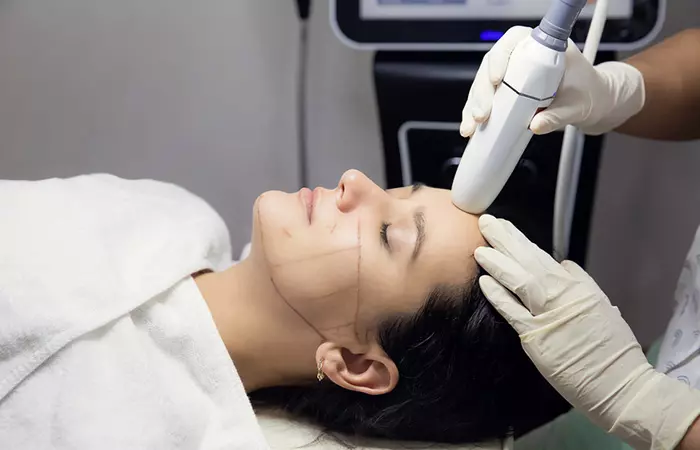
You may consider options like:
- Waxing the hairline and nape
- Laser hair removal (you may need multiple sessions and make the strands fine and less noticeable)
- Cut the edges
However, think twice before removing your baby hairs. Kim Kardashian lasered off her baby hairs and now considers it one of her biggest beauty regrets. Hence, talk to a trichologisti Specialist in hair and scalp-related issues, including hair loss, thinning hair, scalp psoriasis, and itchy scalps. before removal.
Infographic: A Simple Guide To Baby Hairs
The baby hairs lying at your crown can look unflattering and might be difficult to manage. But don’t worry – because we are to help you out. We have created a comprehensive guide to help you understand the difference between baby hairs and hair breakage and how to style them perfectly. Check out the infographic below to know more!
Some thing wrong with infographic shortcode. please verify shortcode syntaxBaby hairs are thin, wispy hairs that sit around your hairline. A short anagen (hair growth) phase is the main cause of baby hairs. As they have a different texture, styling and trying to tame your baby hair can be a tough task. But using the right tools and techniques can help you manage them. Using a hair gel or hair wax, blow-drying the baby hairs, and using hair spray hairs may help you manage your baby hairs. If you want to get rid of these hairs, try to wax the hairline, cut the edges, or consider laser hair removal.
Frequently Asked Questions
Are baby hairs good?
Yes and no. Baby hair may grow longer and contribute to the overall density of your mane. However, sometimes, it may also signal the beginning of androgenetic alopeciai A genetic disorder that causes hair fall in both men and women. It mainly affects the top and front portions of the scalp. .
Can baby hairs grow back?
Yes. Baby hair tends to grow back after you have tweezed them out or removed them using some other method. Here are some tips on growing your edges how to grow your edges back.
How long do baby hairs take to grow out?
Baby hairs usually grow at the same pace as the rest of your hair. They may grow 0.5 to 1.7 centimeters in a month.
What products are most suitable for styling baby hairs?
The best products for styling baby hairs are lightweight mousse and foams, edge control creams, and pomades. These provide a smooth hold without flaking, while a fine-tooth brush or toothbrush helps create precise styling.
Illustration: Baby Hairs: What Are They, Causes, And 3 Tips To Style
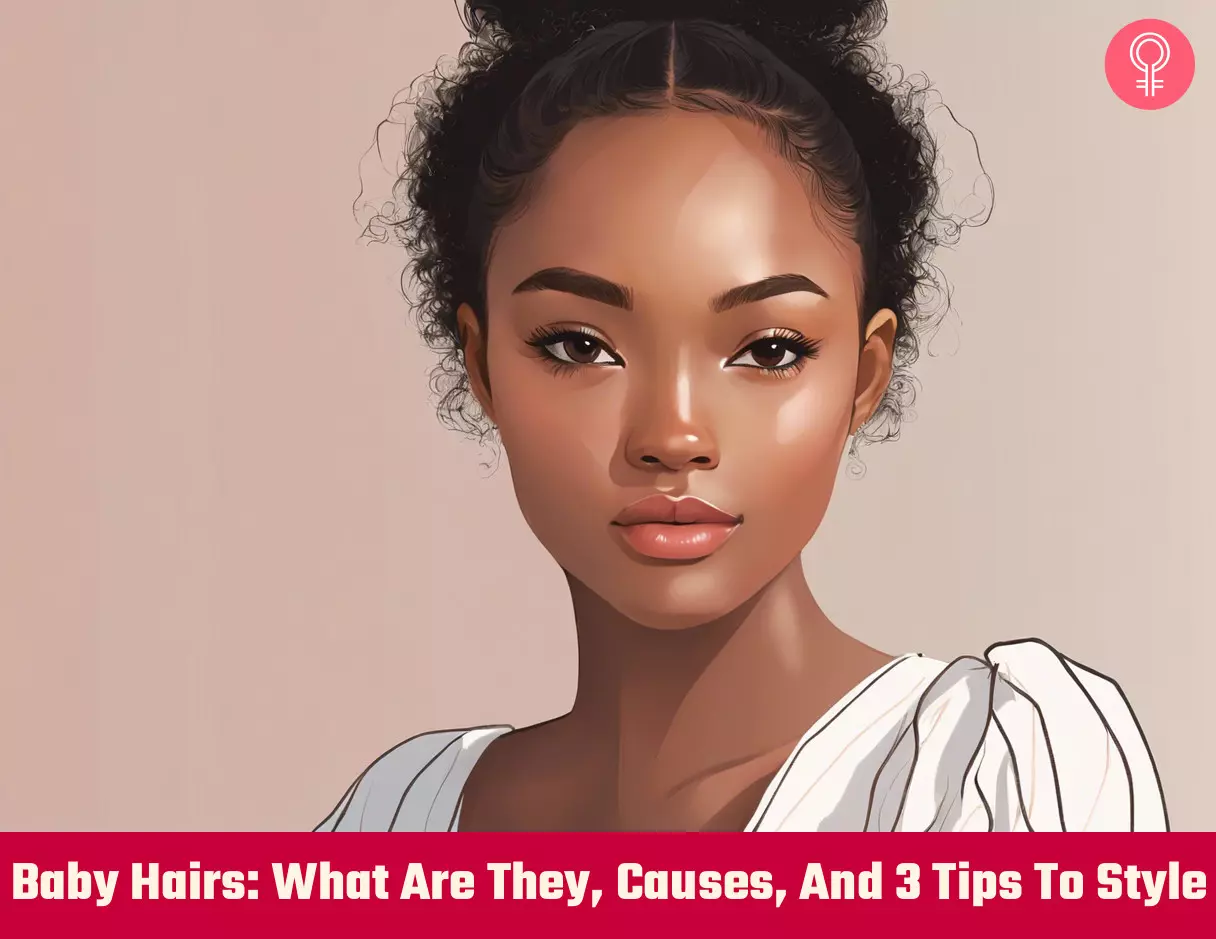
Image: Stable Diffusion/StyleCraze Design Team
Say goodbye to unruly baby hair! Watch this video on how to cut and style baby hair on your forehead and learn the tricks to achieve a neat and polished look effortlessly.
Personal Experience: Source
StyleCraze's articles are interwoven with authentic personal narratives that provide depth and resonance to our content. Below are the sources of the personal accounts referenced in this article.
i. Mom myth: Hair loss
https://polka-dottyplace.blogspot.com/2013/12/mom-myth-hair-loss.html
References
Articles on StyleCraze are backed by verified information from peer-reviewed and academic research papers, reputed organizations, research institutions, and medical associations to ensure accuracy and relevance. Read our editorial policy to learn more.
Articles on StyleCraze are backed by verified information from peer-reviewed and academic research papers, reputed organizations, research institutions, and medical associations to ensure accuracy and relevance. Read our editorial policy to learn more.
- Vellus Hairs in the Frontal Scalp in Early Female Pattern Hair Loss
https://pmc.ncbi.nlm.nih.gov/articles/PMC3927167/ - Anatomy, Hair Follicle
https://pubmed.ncbi.nlm.nih.gov/29261946/ - Hair growth and rejuvenation: An overview:
https://www.researchgate.net/publication/44661841_Hair_growth_and_rejuvenation_An_overview - Female pattern hair loss: A clinical, pathophysiologic, and therapeutic review
https://pmc.ncbi.nlm.nih.gov/articles/PMC6322157/
Read full bio of Martine Langsam
Read full bio of Ramona Sinha
Read full bio of Anjali Sayee
Read full bio of Swathi E






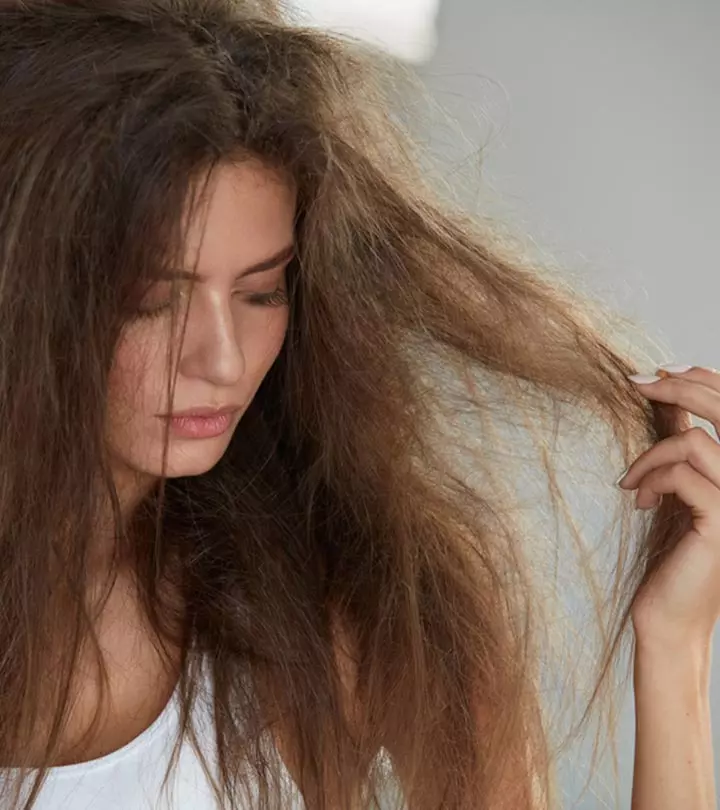
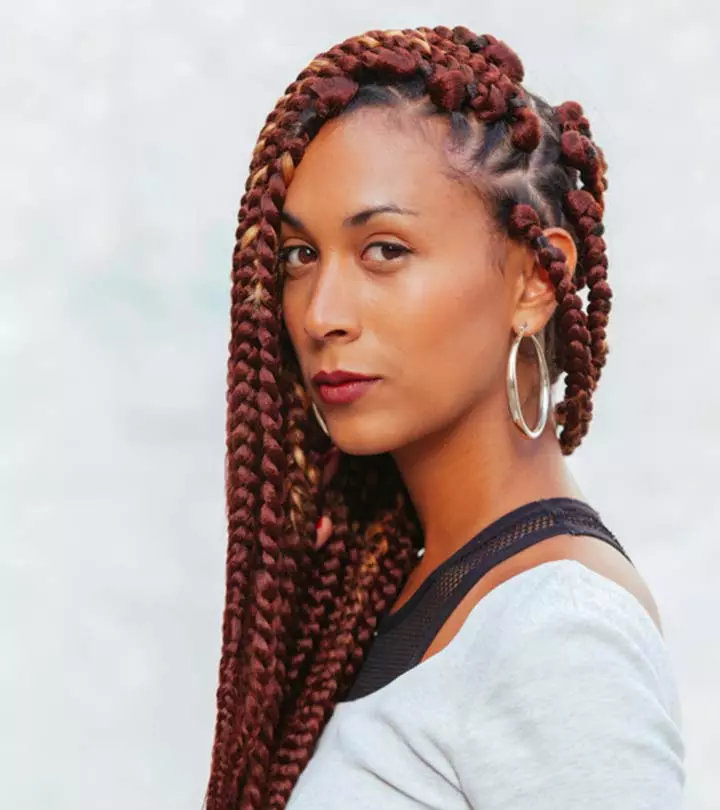
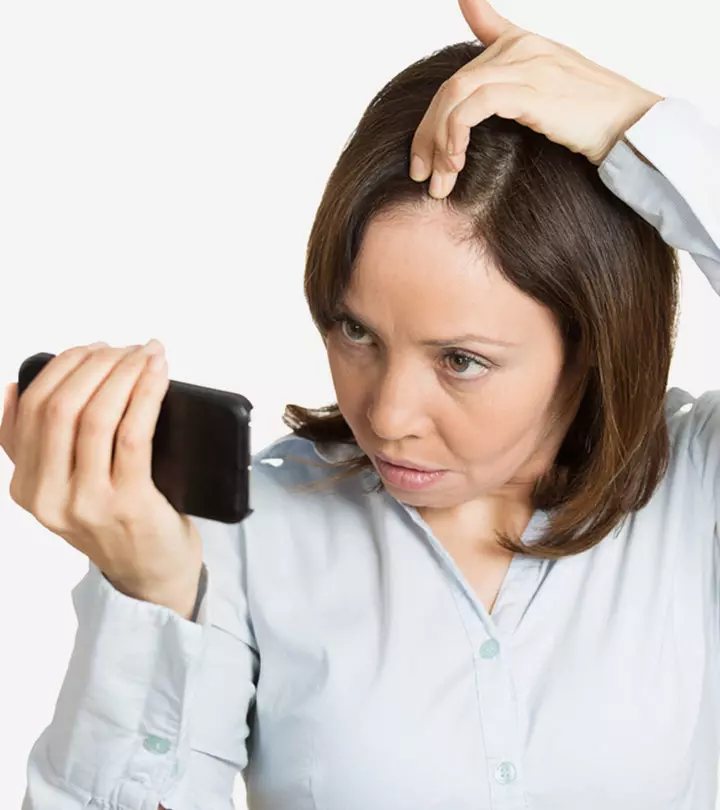
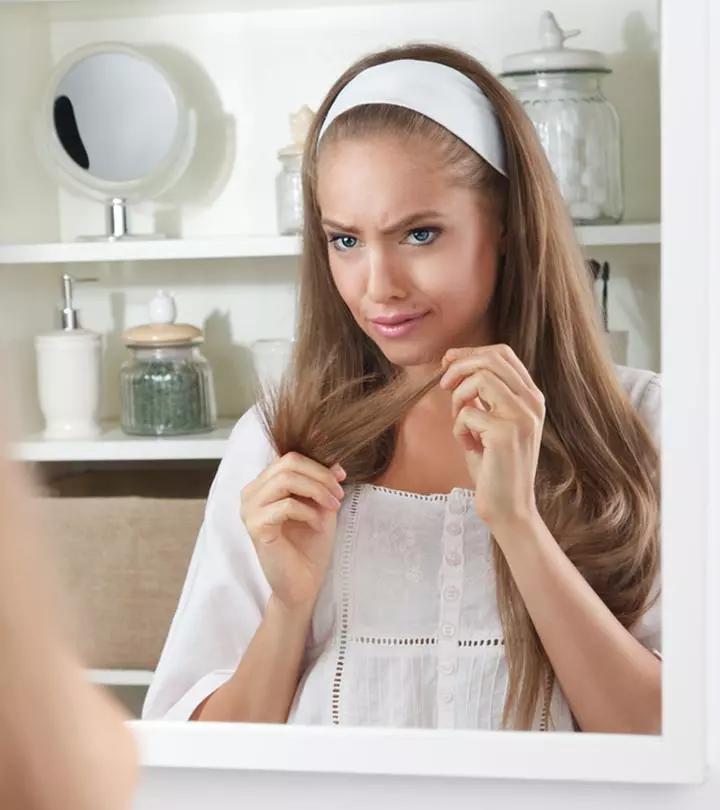
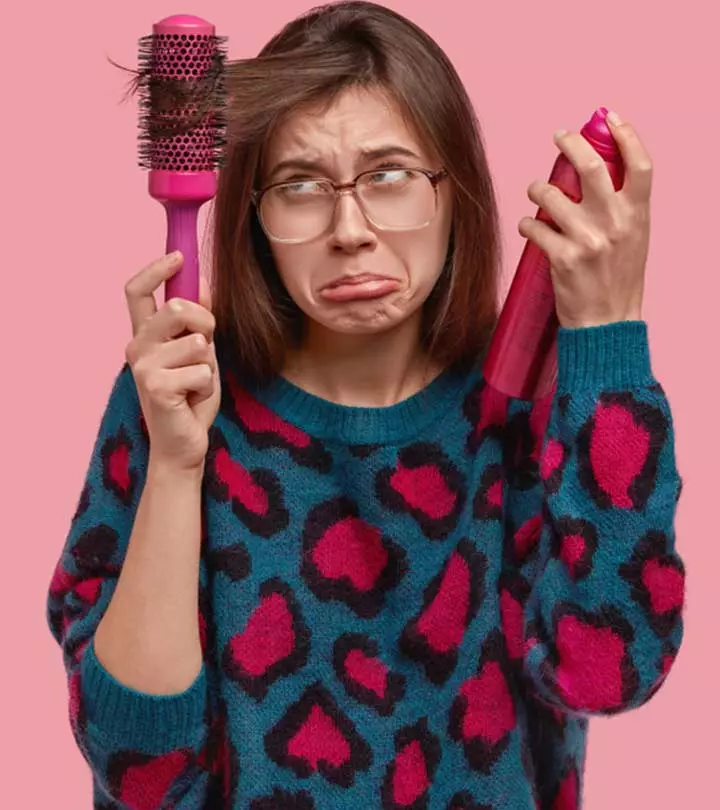

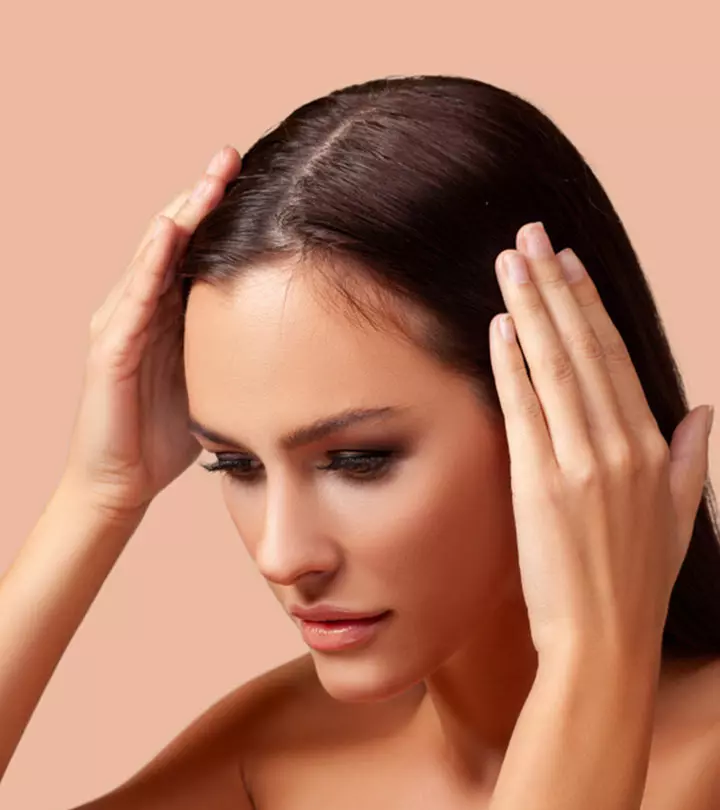
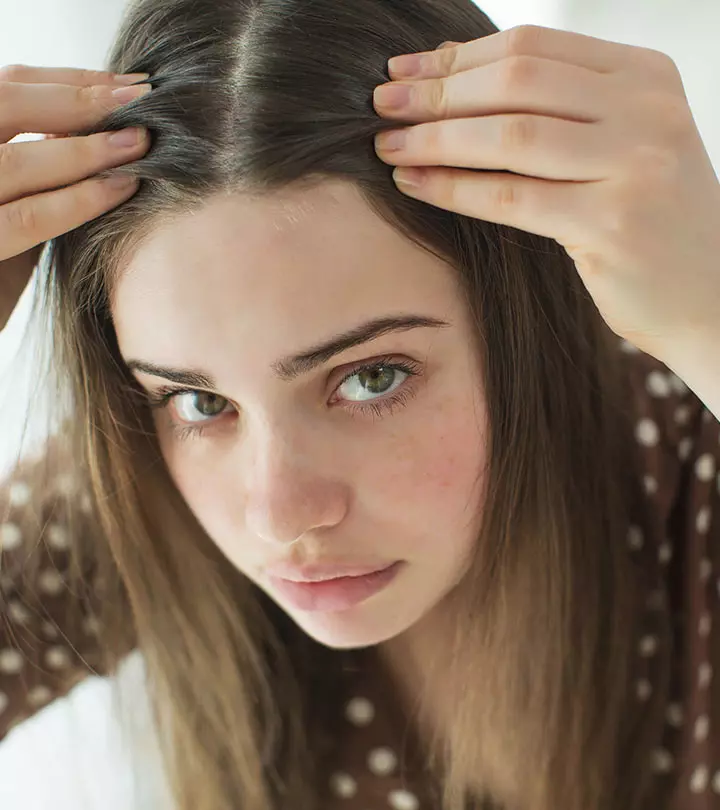
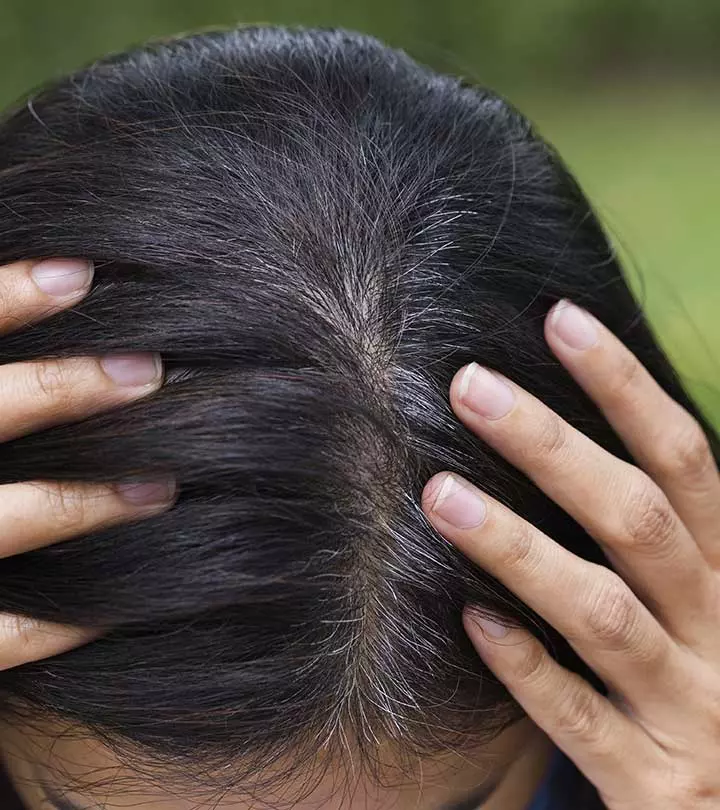

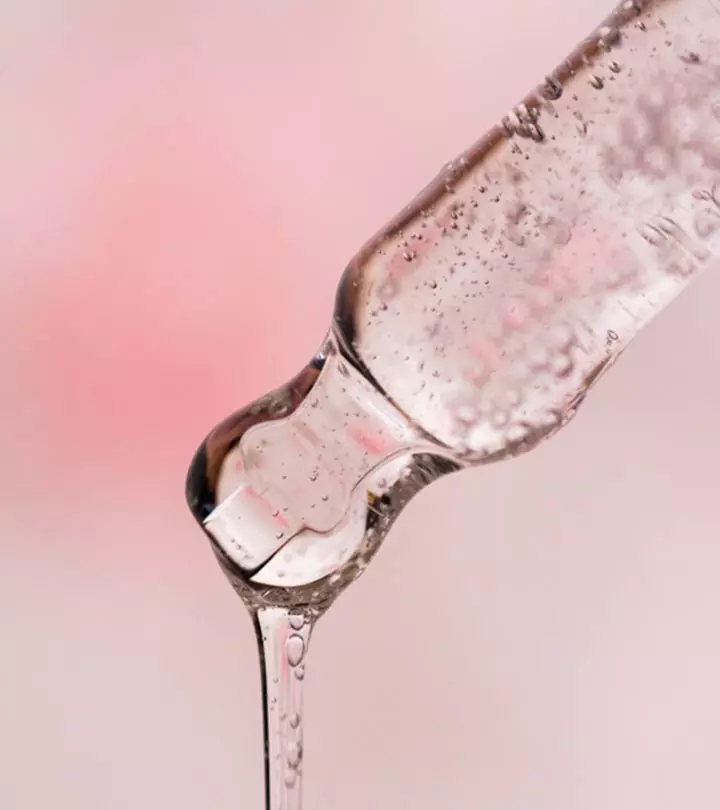
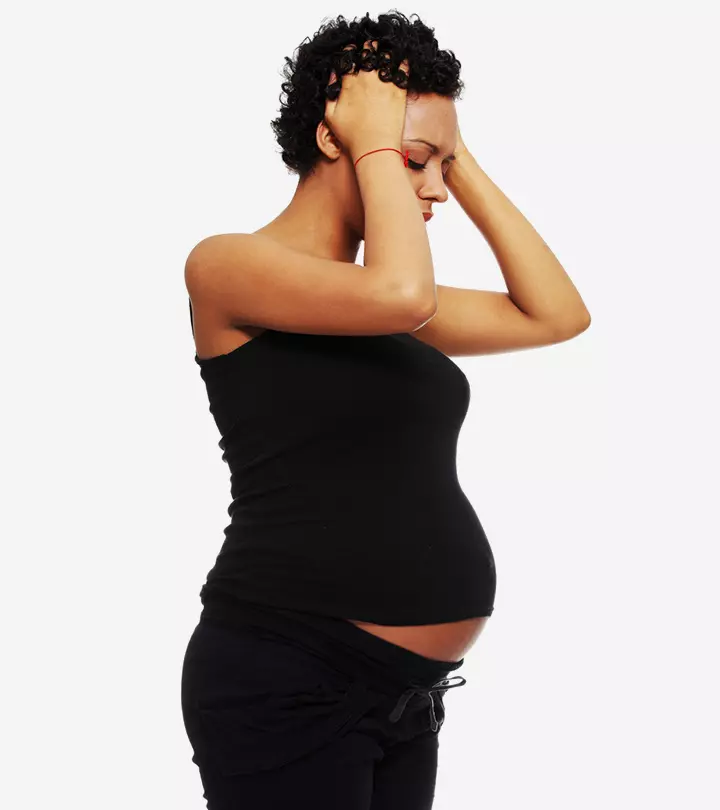





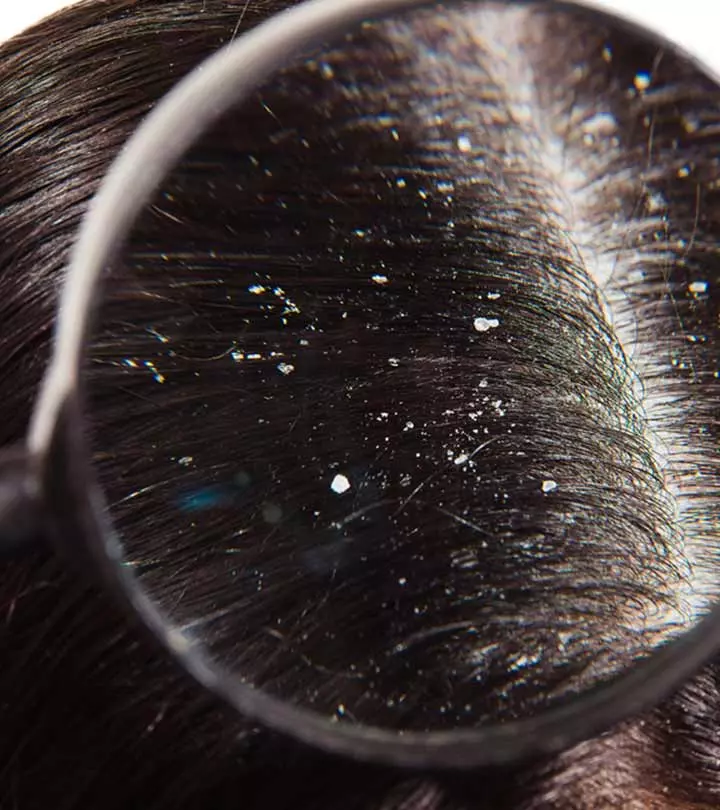

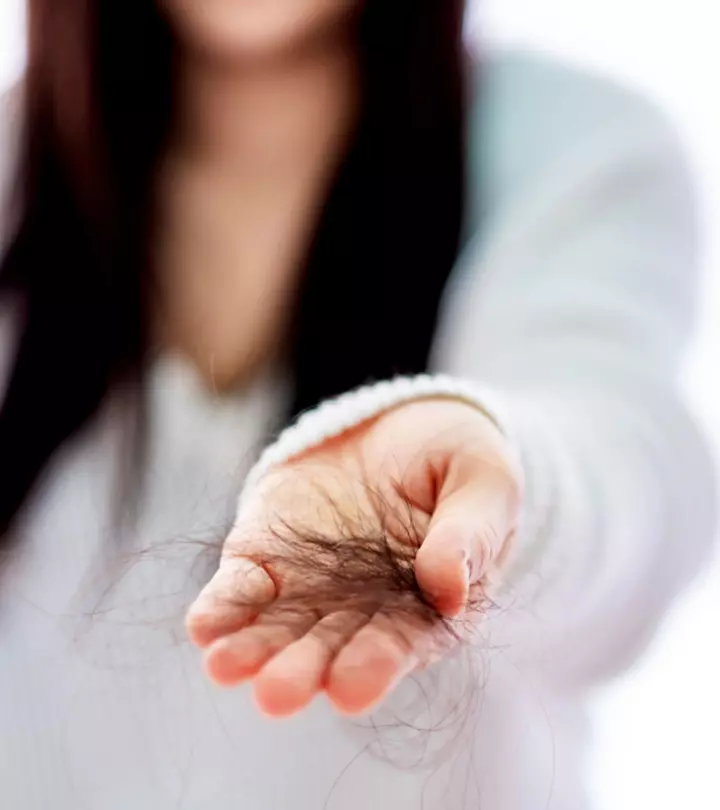
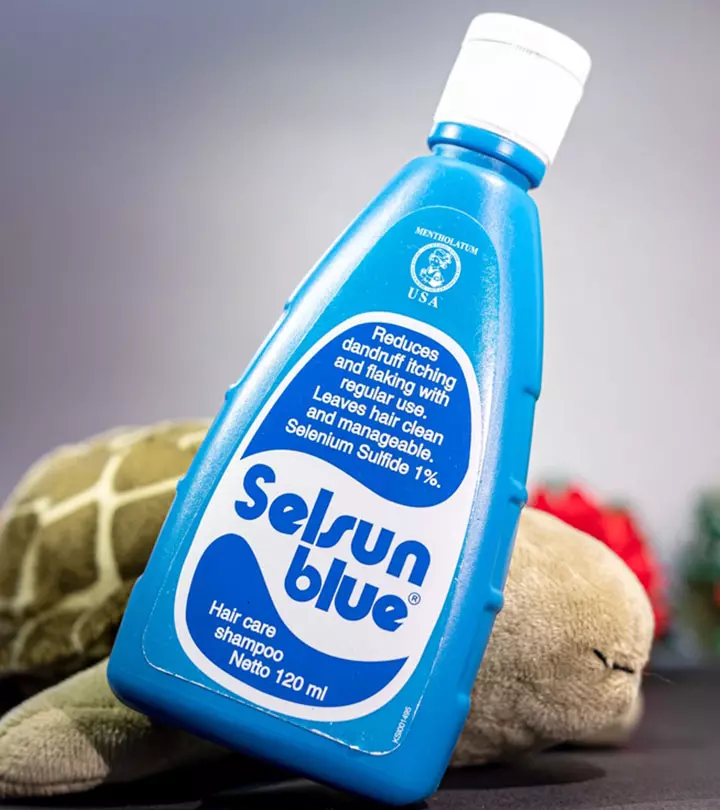
Community Experiences
Join the conversation and become a part of our empowering community! Share your stories, experiences, and insights to connect with other beauty, lifestyle, and health enthusiasts.